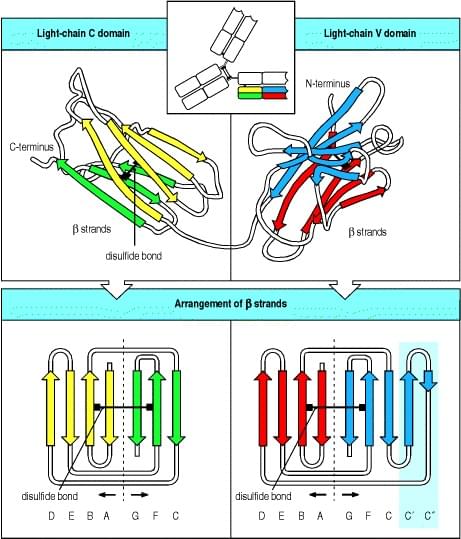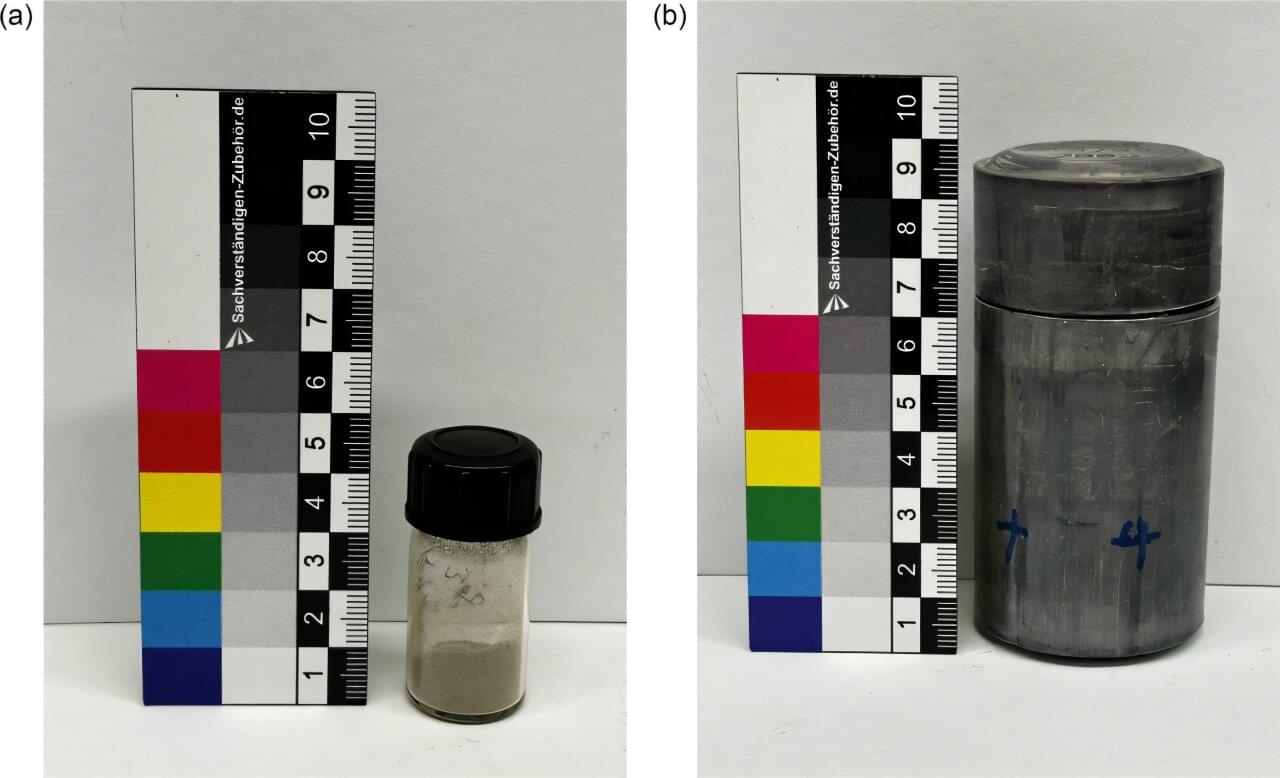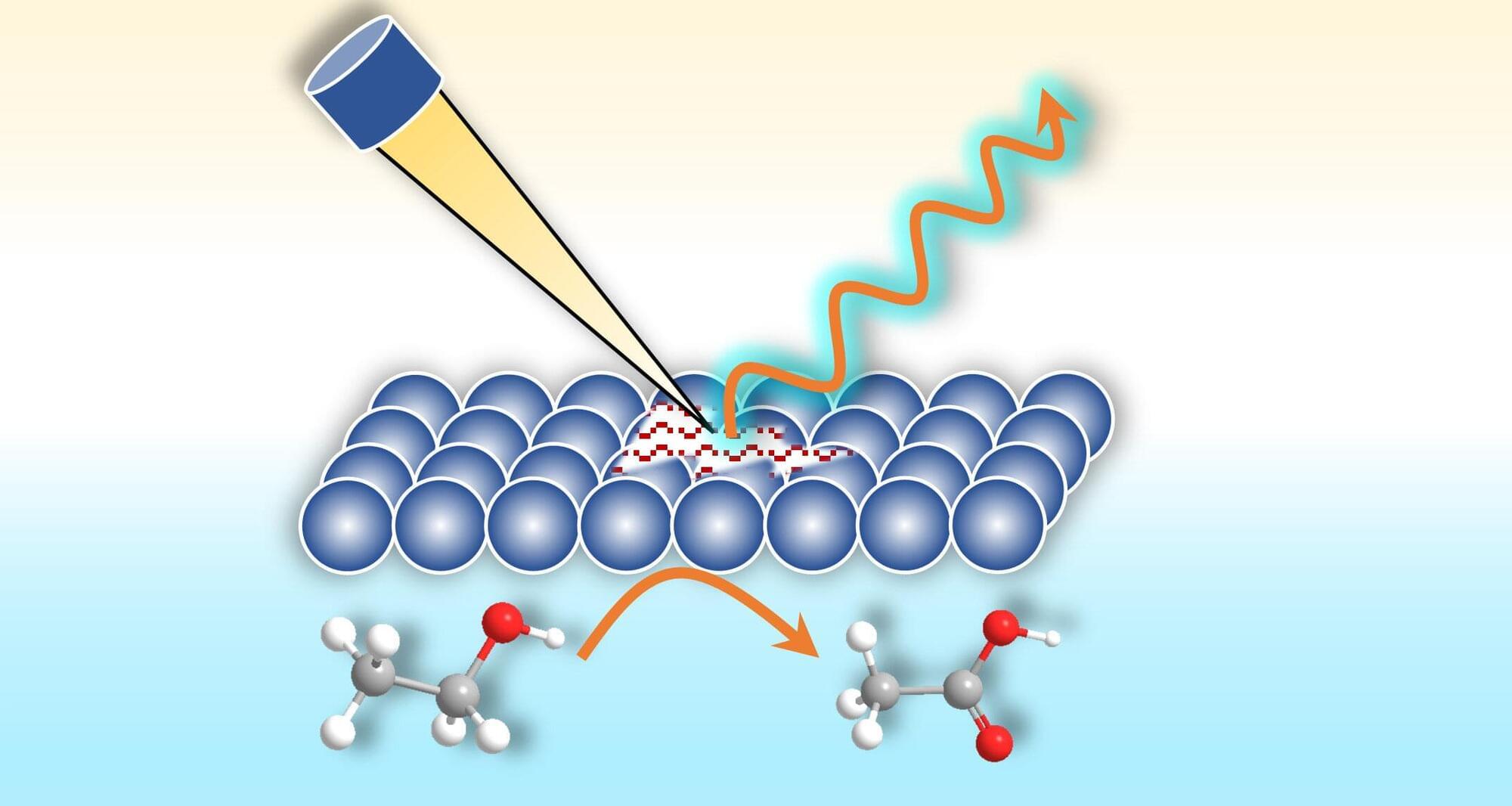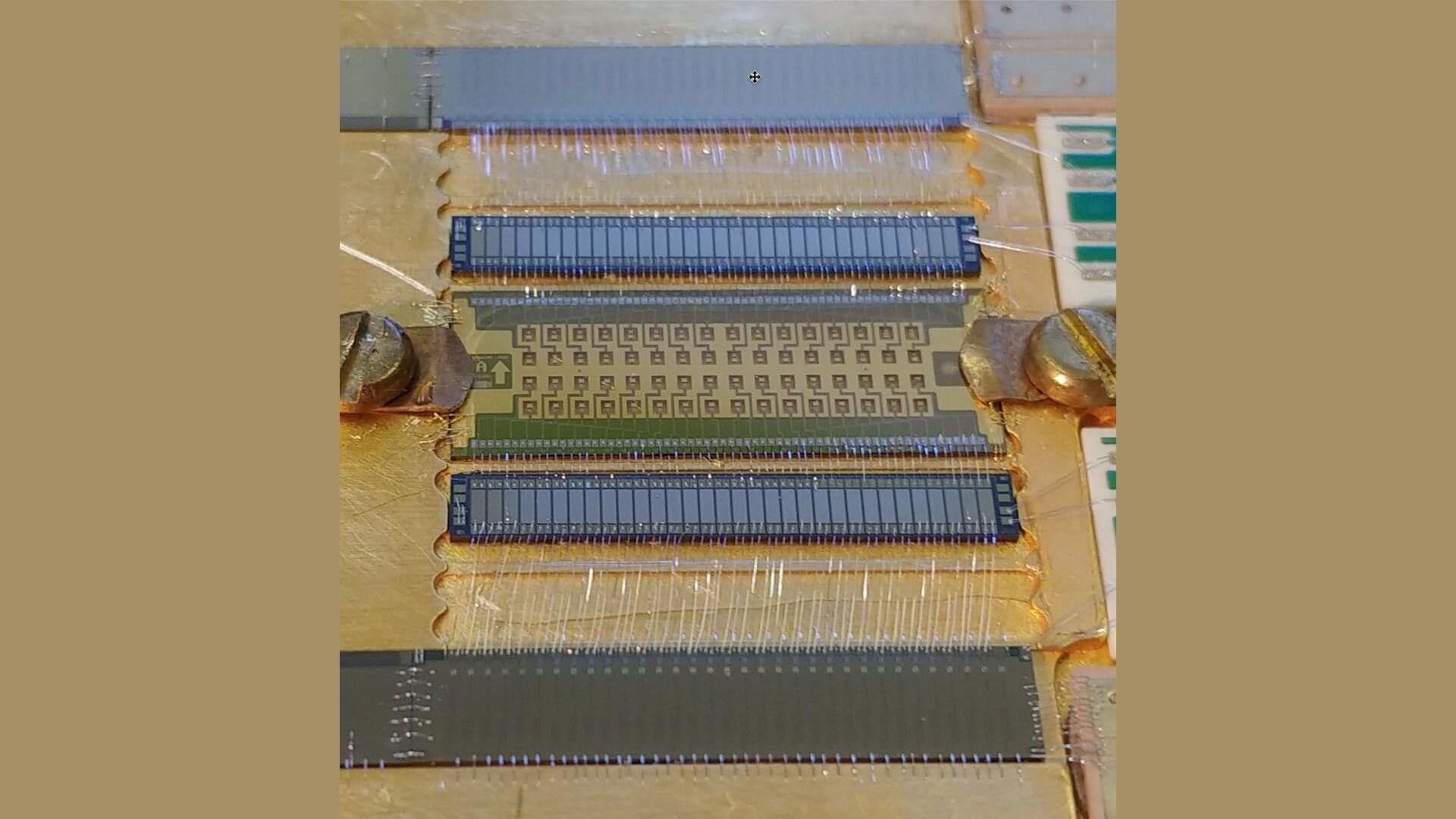Kolmogorov-Arnold Networks (KANs) have recently emerged as a promising alternative to traditional Multilayer Perceptrons (MLPs), inspired by the Kolmogorov-Arnold representation theorem. Unlike MLPs, which use fixed activation functions on nodes, KANs employ learnable univariate basis functions on edges, offering enhanced expressivity and interpretability. This review provides a systematic and comprehensive overview of the rapidly expanding KAN landscape, moving beyond simple performance comparisons to offer a structured synthesis of theoretical foundations, architectural variants, and practical implementation strategies. By collecting and categorizing a vast array of open-source implementations, we map the vibrant ecosystem supporting KAN development. We begin by bridging the conceptual gap between KANs and MLPs, establishing their formal equivalence and highlighting the superior parameter efficiency of the KAN formulation. A central theme of our review is the critical role of the basis function; we survey a wide array of choices, including B-splines, Chebyshev and Jacobi polynomials, ReLU compositions, Gaussian RBFs, and Fourier series, and analyze their respective trade-offs in terms of smoothness, locality, and computational cost. We then categorize recent advancements into a clear roadmap, covering techniques for improving accuracy, efficiency, and regularization. Key topics include physics-informed loss design, adaptive sampling, domain decomposition, hybrid architectures, and specialized methods for handling discontinuities. Finally, we provide a practical “Choose-Your-KAN” guide to help practitioners select appropriate architectures, and we conclude by identifying current research gaps. The associated GitHub repository https://github.com/AmirNoori68/kan-review complements this paper and serves as a structured reference for ongoing KAN research.









